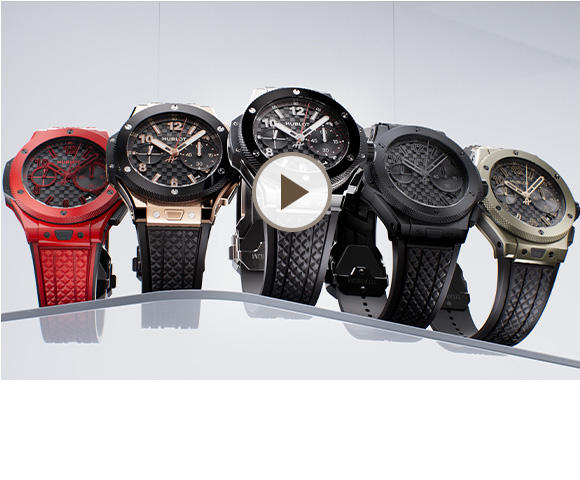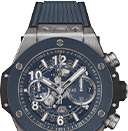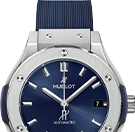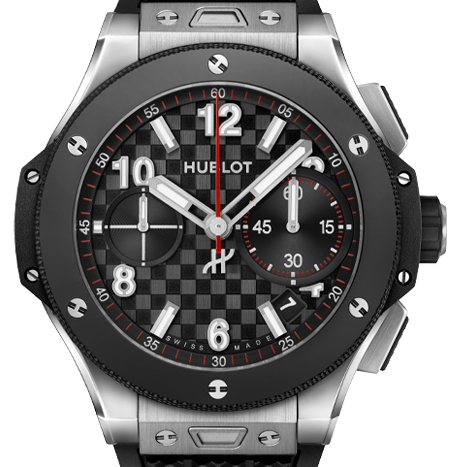
HUBLOT History
In 1980 and for the first time, a watch dared to put a gold case on a rubber strap, turning the luxury watch world upside down in the process. Named for the porthole-shaped bezel with its exposed screws, Hublot was born and with it, the Art of Fusion. In 2005, the Big Bang, with its distinctive design and layered construction, earned Hublot the Best Design award at the Grand Prix d’Horlogerie de Genève and became a watch icon. The concept of fusion is omnipresent, the guiding principle for every collection. Big Bang timepieces reshape the geometries of time; Classic Fusion balances boldness and restraint, while the Exceptional Timepieces overwrite expectations to create unprecedented horological objects. With its disruptive approach of challenging convention, Hublot’s DNA is transcribed in the Unico, Meca-10 and tourbillon in-house movements, to add another tier of meaning to the Art of Fusion.
Hublot extends its influence through partnerships and collaborations with athletes, chefs and artists, fostering a community of "Hublotistas." In 2025, the Big Bang's 20th anniversary celebrates its continued innovation, exclusive materials, and bold aesthetic.

BIG BANG 20TH ANNIVERSARY – A CELEBRATION OF THE BIG BANG REVOLUTIONARY MINDSET
In 2005 the Big Bang marked the advent of a new era in watchmaking, more closely attuned than ever to the privileges of its name. Few timepieces have transformed contemporary watchmaking like the Big Bang. Twenty years after its launch, it remains the incarnation of a Manufacture that constantly pushes the boundaries of the unknown. Through exclusive materials and in-house movements, led by the Unico and the Meca-10, the Big Bang breaks with tradition - a notion it has never completely embraced. Singular for its bold aesthetic, plural for its versatility, this is the Big Bang.










